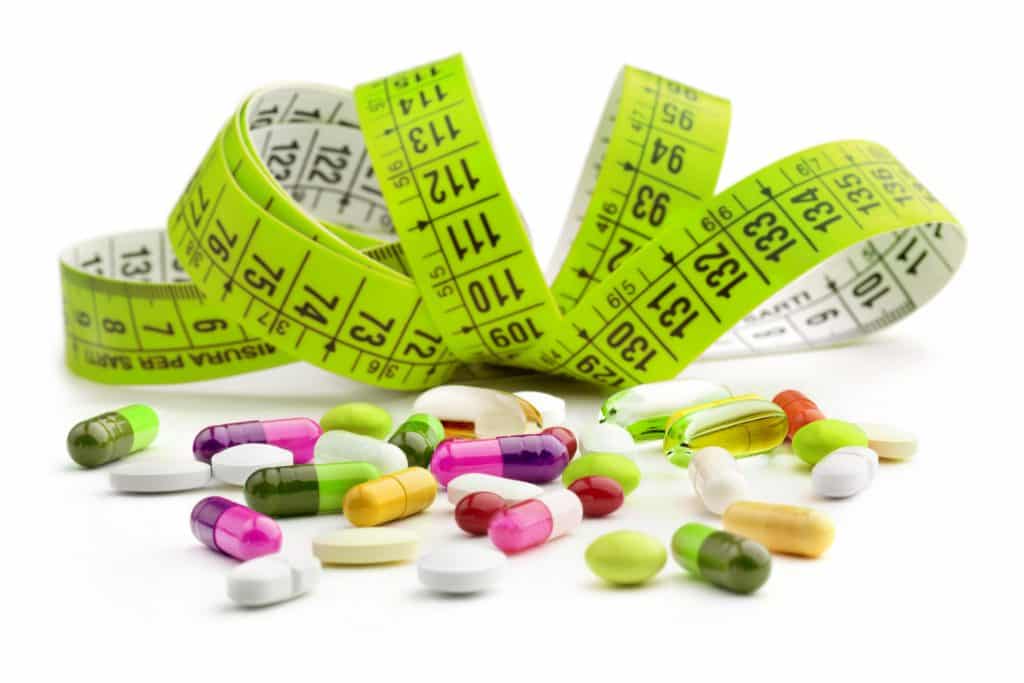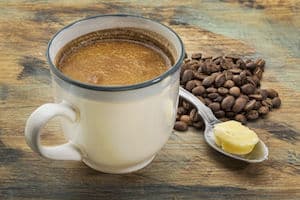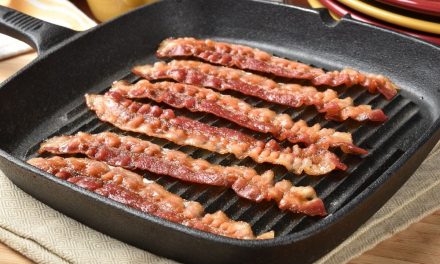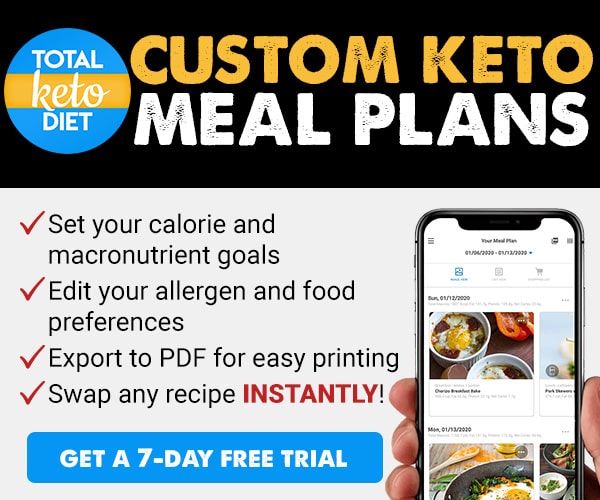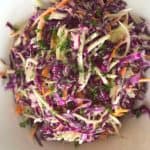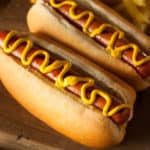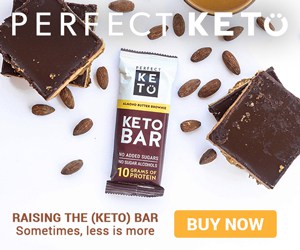Before starting a whole food keto diet, please consult with a medical professional, particularly if you are taking medications for any other conditions.
Whilst traditional Doctors don’t always agree with the ketogenic diet, it is still important that they monitor your blood profiles and medications.
Effects of the whole food keto diet include weight loss, improved blood pressure, improved cholesterol levels, reduction in blood sugars and more.
Your Doctor may need to adjust medications and monitor levels as you adopt a ketogenic lifestyle.
Keto Kickstart
Getting into Ketosis can be a challenge so there are some things you need to know before you attempt a ketogenic diet.
The Ketogenic Diet works because it changes how our bodies process energy. This method of eating is not new and has been around for thousands of years.
Unfortunately, modern society is selecting convenience foods loaded with carbohydrates and refined sugars.
Today, eating is often done on the run. Convenience is what sells, and manufacturers satisfy consumers’ demands.

These convenience foods come with preservatives, dyes, added refined sugar, salt, and processed grains. While it may be convenient to our schedule, these foods are not convenient for our body to process.
The Ketogenic Diet may sound complex and technical, but, simply put, this diet is feeding your body foods that it can process more easily.
The human body is made to function using food for fuel, which in turn gives us energy.
The Ketogenic Diet optimizes this process with the result of more energy.
What Gives You Energy
There are 4 sources of fuel for the body:
Carbohydrates – grains and sugars that are burned off by the body first, and the excess is stored as fat.
Fats – found in nuts, seeds, meats, poultry, seafood, dairy, and oils.
Protein – in meat, poultry, seafood, legumes, eggs, dairy, processed soy products, nuts, and seeds. Fats and proteins are efficient sources of energy utilized our bodies utilize better than carbohydrates.
Ketones – the result of certain fats being broken down by the body.
Ketones – The Key to Getting into Ketosis
Ketones occur when fat in the body is broken down.
The result of a Ketogenic Diet is that fat and ketones become the main source of fuel for the body.
The key to eating a Ketogenic Diet is to consume more fats, some protein, and little carbohydrates. This allows your body enter a state of Ketosis.
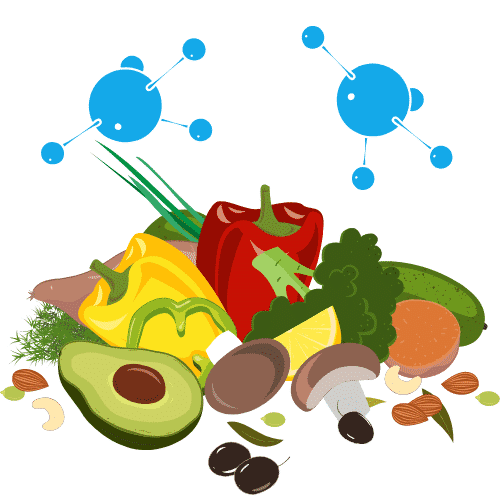
Once in Ketosis, your body becomes a fat burning machine, and you will start to lose weight quickly.
This is why it is important to learn how to get into ketosis quickly, but first we have to look what you should eat…
Keto Macro Goals
Before you get into ketosis, it’s important to know the amounts of macronutrients to consume throughout the day.
Macronutrients can be broken down into three major categories (carbs, protein, and fats) and we will discuss each in detail.
Carbohydrates on Keto
Currently, the USDA is being pressed with regards to how unhealthy the recommended daily allowance of carbohydrates (225 to 358 grams) can be for someone to ingest.
At the moment, people in North America get the majority of their calories from dietary carbohydrates. It’s no wonder we are so sick and overweight.
The optimal range for any person looking to enter ketosis quickly will usually be below 50 grams of carbohydrates per day.
However, staying at this level may not be recommended long term, although many people adopt a ketogenic diet for years. It is important to maintain a balance and ensure you are getting enough vitamins and nutrients from the foods you eat.
Keto Protein Intake
Protein is essential for weight loss and overall health and well-being, which is why the ketogenic diet promotes moderate consumption of protein.
It’s very important to get enough protein to maintain your muscles. But too much protein can slow the time it takes you to get into ketosis.

Protein intake is usually calculated according to a person’s weight and activity level.
For example, if you weigh 175 pounds and have 30% body fat, and your lean body mass is 122.5 pounds (175 × 0.7), your daily protein intake should be about 86 grams a day (122.5 × 0.7).
Another way of calculating your target protein intake is getting 15% to 20% of your total calorie intake from protein.
For this, you can use the following formula: calories x (0.15 to 0.2) / 4 = grams of protein.
Keto Fats
You already know that following a ketogenic diet includes a high intake of fat.
However, before you assume you can freely eat as much junk food as you want, you need to know that not all fat is created equal.
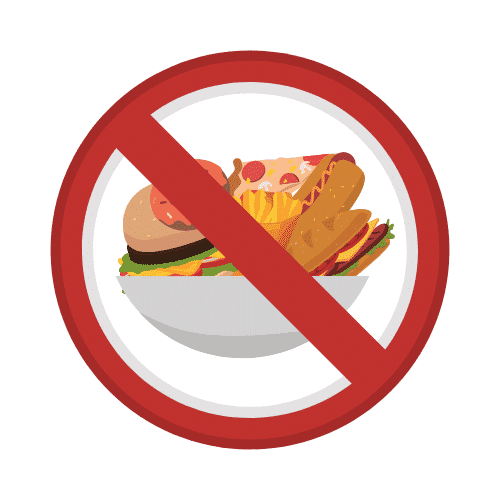
To know how long it takes to get into ketosis you have to look at how much fat you consume. The amount of fat you should eat on a daily basis depends on your caloric needs.
Ideally, between 70% and 80% of your entire calorie intake during the day should be healthy fats.
Here is a formula you can use to get a more specific insight into fat intake: calories x (o.7 to 0.8) / 9 = grams of fat.
Benefits of a Keto Diet
In 1924, Dr. Russell Wilder at the Mayo Clinic designed the Ketogenic Diet as an aid for epilepsy patients.
It was Dr. Wilder’s idea that this type of diet mirrored the biochemical changes associated with fasting. Earlier treatments identified fasting as a way to control seizures in children and young adults.
Since Dr. Wilder’s time, the Ketogenic Diet has been used for epileptic patients when medications don’t work.
Although originally used for seizure control, additional clinical trials and studies have shown that a diet resulting in ketosis also have an impressive effect on increased weight loss, higher energy levels, and a decrease in hunger.
Many people also note a significant increase in mental focus while on the diet.

Dr. Steve Phinney, a doctor with 35 years of studying healthy low-carb diets, found that after six weeks of keto-adaption, an average of 90 grams (3.17 ounces) of fat was burned per hour on his test subjects.
If you were eating a diet full of carbohydrates, this fat burn would only be 30 grams (1.058 ounces) per hour.
This is how the Ketogenic Diet turns you into a fat burning machine!
The Ketogenic Diet has several other health benefits that aren’t as obvious but are just as important for your long-term health:
Keto Lowers Blood Pressure
The first effect is that blood pressure tends to go down. We know that elevated blood pressure is an important risk factor for many diseases but by following the ketogenic diet, studies have shown that it decreases blood pressure.
Keto and Cholesterol
Second – studies have found that while on the keto diet, HDL Cholesterol (the “good” kind) were increased while LDL Cholesterol (the “bad” kind) were lowered to less dangerous levels.
Ketogenic Diet and Diabetes
Third – People with diabetes will especially find health benefits from a Keto-based diet, as it has been shown to lower blood sugars and reduce the need for insulin.
Worst Foods for Ketosis
You can eat very well on a Ketogenic Diet but beware of some types of foods. Dieters have always heard that fruits are healthy a good on a diet, but not on a Ketogenic Diet.
Fruits have natural sugars and having too much of them can take you out of ketosis.
Raspberries, blueberries, and strawberries are delicious and are filled with antioxidants and phytonutrients; they can be enjoyed in moderate quantities.
Here are foods you should avoid:
Margarine on Keto
Hydrogenated fats, including margarine and some vegatable oils are a big no no for the keto diet, as they contain long chain triglycerides and are high in trans fats.
They are also heavily processed, promote inflammatory responses in your body and are prone to oxidation, which has the potential to damage your cells, tissues, muscles and organs.
Stay away from sunflower oil, canola oil, safflower oil, cottonseed oil and grapeseed oil. Avoid all margarine and shortenings.
Beans on Keto
Although they are high in fiber, beans are also high in carbs, so it is best to eat sparingly. Read our guide on what beans you can eat on keto here.
Bread on Keto
Most supermarket breads contain little nutritional value, and they are very high in carbs. If you really can’t live without bread, make your own keto friendly oopsie bread, or buy low carb bread. Our post on keto breads will tell you everything you need to know.
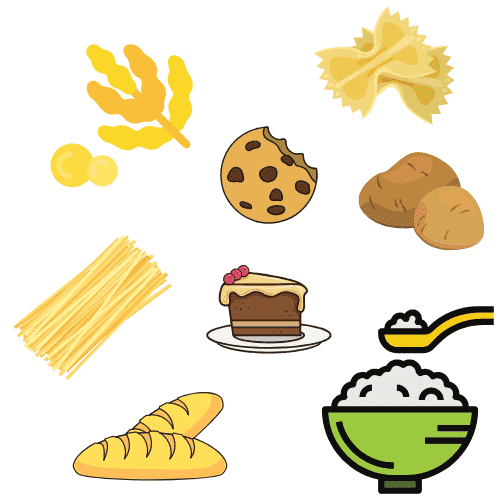
Keto and Pasta or Rice
Pasta and rice are very high in carbs, even whole wheat pasta has little nutrients.
Sugar on Keto
Sugar has no nutritional value and causes all sorts of health problems. Stay far away! If you need further convincing, read our post on sugar and cancer.
High Starch Vegetables
Very tasty, but high starch vegetables such as corn are one of the worst vegetables you can eat. It is a simple carbohydrate and converts to sugar almost immediately after it is digested!
Other vegetables to avoid on keto are white potatoes, carrots and peas to name a few.
Artificial Sweeteners on Keto
Stay away from most artificial sweeteners and diet sodas when following the ketogenic diet. We have a really in depth post that covers keto friendly sweeteners, including all the names for hidden sugars in foods. A must read before starting a keto diet.
Alcohol on Keto
Alcohol should be avoided on the ketogenic diet, mostly because of the sugar content in wines and carb content in beer. As with anything, moderation is key.
Dry white wine is the best choice as it has the lowest sugar content of the wines. If you’re a beer drinker, choose a low- carb beer like Michelob Ultra.
Tomato Based Products with Added Sugars
Read the nutrition labels on pasta sauces and tinned tomatoes carefully. Often there are added sugar and salt to these products.
Foods You Can Eat on a Ketogenic Diet
This is by no means an entire inventory, but it will give you a general idea of what you should eat.
Remember the more natural, the better. Since the diet is triggered by eating fats, let’s start out with a sampling of what fats are good for you.
Best Fats for Keto
Fats should be the largest source of your calories. So, it is important that you are eating the right amount of healthy fats.
This includes eating a balanced diet of Omega 3 and some Omega 6 fatty acids. Most of your fats should come from saturated and mono-unsaturated fats.
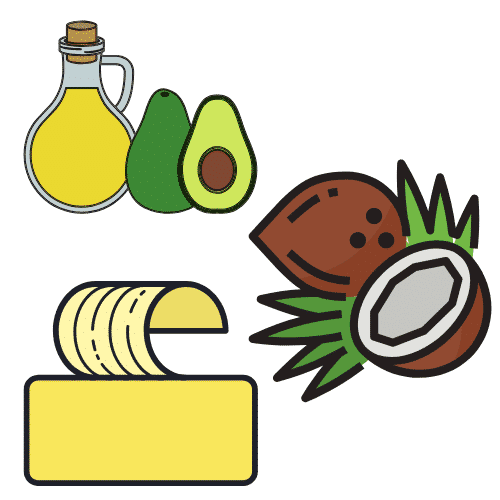
Here is a list of the best fats cooking on the ketogenic diet:
- Virgin Coconut Oil
- Clarified Butter (Ghee)
- Duck Fat
- Goose Fat
- Pastured Lard
- Grass fed Beef Tallow
- Chicken Fat
- Palm Kernel Oil (sustainably sourced)
- Avocado Oil (best for cold use or after cooking)
- Macadamia Oil (best for cold use or after cooking)
Cold Use Oils:
You should only use these oils for cold use, such as making salad dressings or adding in after cooking.
- Walnut oil
- Flaxseed Oil
- Sesame Oil
- Pumpkin Seed Oil
- Almond Oil
- Hazelnut Oil
What Foods Are High in Fat?
- Avocado
- Nuts and Seeds such as hemp seeds, pumpkin seeds, macadamia nuts, walnuts and almonds. Read our comprehensive guide to the best nuts for keto here.
- Fish such as salmon, mackerel and sardines
- Animal meats such as grass fed beef – we’ll cover meats more when we talk about protein
- Some dairy foods such as feta cheese, mozerella cheese – again, we tend to talk more about dairy as protein rather than fat
Keto Proteins
When it comes to proteins, you want to stick with anything organic or grass fed.
Free range eggs are my personal favorite, as they are cheap and a guilt-free source of protein!
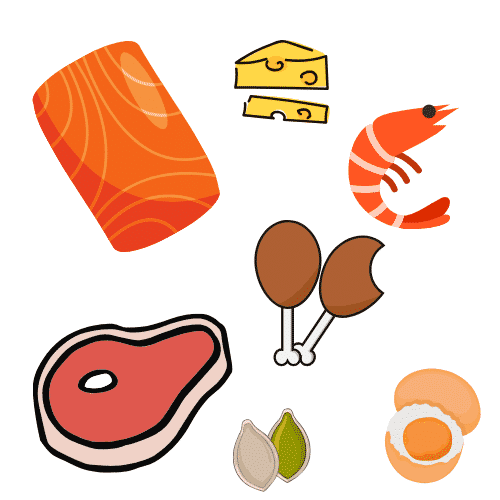
- Beef – Steaks, roast beef, beef stew (if you can find grass fed beef, it tends to be leaner, but healthier).
- Pork – Outdoor raised pork, pork loin, bacon, chops (try to stay away from processed meats)
- Chicken – Breast, thighs, free range is best (If eating a whole chicken, take off the skin as it may contain carbs)
- Fish – Salmon, mackerel, tuna, any fish caught in the wild is preferable (Loaded with healthy Omega 3’s)
- Whole Eggs – Again free range is best, I prefer to make it into omelets
- Nut Butter – Peanut, Almond, Macadamia, (Get natural butter, has good amount of proteins but is also high in carbs)
- Shellfish – Lobster, prawns, crabmeat, all good sources of protein, high in Omega 3’s.
Low Carb Drinks
You can consume water-based drinks like coffees or tea while on a ketogenic diet. They do not contain any carbohydrates and can help suppress appetite.
In the morning to help kick start my day, I like to put a little heavy cream in my coffee and mix in a little MCT Oil. This helps to both satiate hunger and boost energy levels.
You can also purchase low carb drinks and keto supplement drinks. Take a look at these posts where we discuss supplements for keto more:
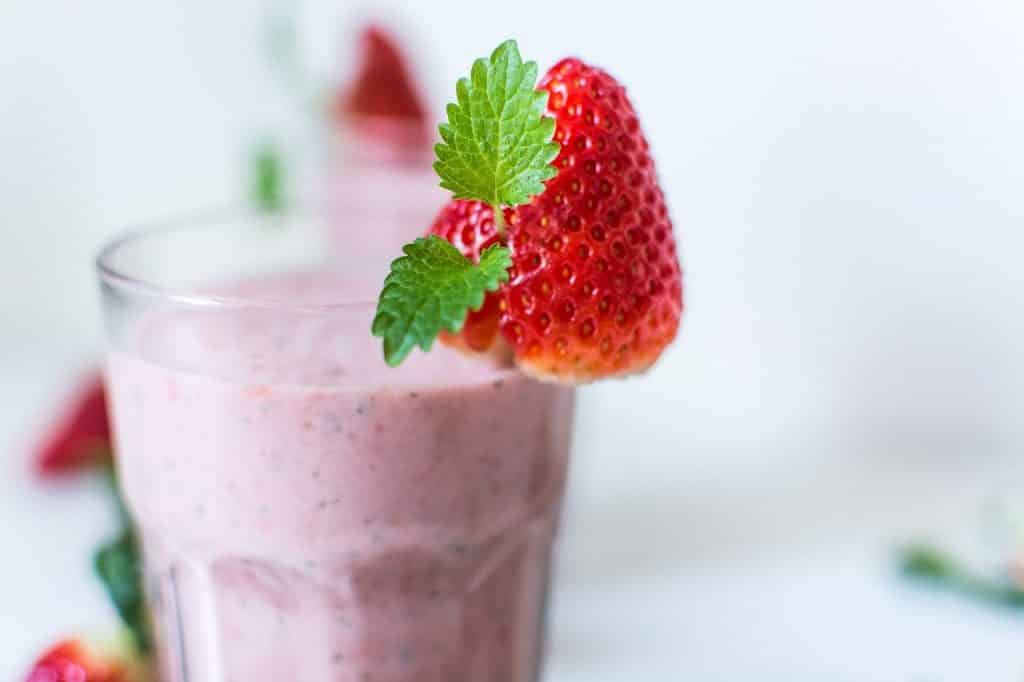
Keto Shakes – Boost Ketosis and Suppress Appetite
Keto Spices
Spices are a great way to liven up your diet and can have great health benefits.
A few of good spices include black pepper, basil, cayenne pepper, cilantro, cinnamon, cilantro, cumin, rosemary, sage, oregano, parsley, thyme, and turmeric.
Some spices include a few carbs that you will need to be aware of. Be careful with hot sauces, as some have added sugar.
Shotcuts To Get Into Ketosis
The Ketogenic Diet is an effective way to lose weight, but when you make dramatic changes to your diet, there can be mild side effects called the “keto flu” that you should be aware of as your body enters Ketosis.
Click here to learn about keto flu symptoms.
Tip #1: Do not forget your electrolytes
Sodium, potassium, and magnesium – As you change the way your body utilizes fats, you also need to adjust your electrolyte intake. Having adequate electrolyte levels can help you maintain equilibrium and fight off cravings.
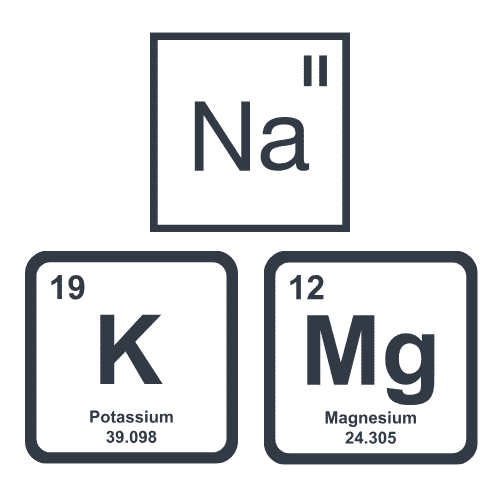
The electrolytes you need to focus on are sodium, potassium, and magnesium.
Low sodium can cause dizziness and weakness. A great way to increase the sodium in your body is by drinking home-made bone broth.
If you lose sodium, chances are you’ll lose potassium as well.
Basil, Turmeric, Salmon, cocoa powder, tuna, and avocados are wonderful sources of potassium.
Certain metabolic conditions on a Keto diet can cause insulin resistance which leads to magnesium excretion. You don’t want this to happen.
Add green leafy vegetables, mackerel, and pumpkin seeds to ensure your body is getting the proper amount of magnesium.
Tip #2 Learn to manage stress
Stress not only causes mental turmoil but also physical symptoms. This can increase the cortisol level in your body, which in turn can increase your blood sugar level.
This is a normal response to perceived threats and is useful in the fight or flight response. But, being in a constant state of stress can be detrimental.
As it increases your blood sugar, it can decrease ketones and bring you out of the ketosis state.
Tip #3 Regular exercise
Regular exercise causes your body to store carbohydrates in the muscles and liver.
This means that you can tolerate more carbs without breaking out of ketosis. If you work out on a ketogenic diet, your body burns more fats; this is because you’ve already decreased the carbohydrates present in your body.
This results in better muscle and strength development. A balanced workout routine should be combined with low-intensity and resistance training exercises.
Tip #4 Increase Your Water Intake
The Ketogenic Diet improves your body’s ability to absorb insulin.
This, in turn, causes increased urination and perspiration. If you don’t replenish the lost fluids, you may become dehydrated.
Increase your water intake to maintain homeostatis, flush out toxins and help with keto flu symptoms as you adapt to the keto diet.
Tip #5 Intermittent Fasting
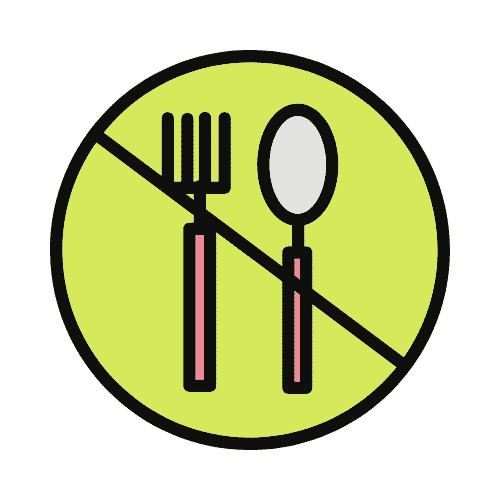
Intermittent fasting means creating an eating schedule. It doesn’t necessarily mean changing what you eat.
You are only creating feeding and fasting schedules. This increases fat burning rates and metabolic adaptations.
It limits your intake of calories as well. There are 3 approaches to fasting.
The first involves skipping a meal a day; this usually is breakfast because it is the time of day when you are the least hungry.
The second approach is creating fasting periods. This means not eating anything within a 12 to 16-hour time-frame.
For example, you can eat breakfast at 7:00 AM and then nothing else until 7:00 PM. You can drink tea, coffee, and water during the fasting period.
The last approach involves not eating anything solid for a full 24 hours; this may be difficult to do, but it can fast track weight loss.
Tip #6 Counter the loss of energy
At the beginning of your Ketogenic Diet, you may experience headaches and a loss of energy.
This is common when people first start out because your body is going through a sugar/glucose withdrawal, and just like an addict getting off of a drug, you may feel worse before you feel better!
To help counter this, take multi-vitamins to help with fatigue, and use MCT Oil once a day to help with the grogginess.
Tip #7 Add fiber
Some people experience constipation when they begin a Ketogenic Diet.
When you are on the diet, you may not get enough fiber that comes from eating carbohydrates.
Be sure to eat enough green leafy vegetables to provide the fiber that you need.
I find that a little MCT Oil also helps with this!
Tip#8 Ease into it
The best way to start a ketogenic diet is to ease your way into it.
First, start off by making one meal fully Ketogenic. Then the next day doesn’t drink any sweet drinks.
After that make two meals that are Ketogenic so by the 4th or 5th day, your diet is fully Ketogenic.
I find this helps to get people into the Diet that don’t have much willpower (like myself), and you will slowly start to notice the diet work its magic, as you won’t get hungry as much as you would on the first day.
At the end of the day, the biggest Shortcut to Ketosis lies in your ability to stay disciplined and balanced. So keep at it!
Ketogenic Diet FAQ
What are signs my body is in ketosis?
Signs that your body has entered ketosis is bad breath (known as ketosis odor or keto breath), urine smelling like ammonia, increase fluid loss and a reduced appetite. Sometimes it is difficult to know exactly if your is in ketosis so that is why there are ketosis strips to give you a definite answer.
What are the dangers of ketosis?
As with every diet there are risks associated with it, and before you start make sure to consult with your physician.
If you don’t stay hydrated your body can go into Ketoacidosis. This happens when ketones are built up by your body and becomes acidic. This can lead to serious complications such as entering a coma or even death. You can read more here.
What are there any ketosis side effects for women?
Side effects for men and women are relatively similar, some short-term side effects include:
- Bad breath
- Fatigue
- Irritability
- Excessive urination
- Frequent thirst
- Sweating
- Hunger
- Constipation
Check out WebMD for more details.
How Long To Get Into Ketosis?
This depends on each person and how much carbs are being consumed. But generally, a person on a strict carb restricted regiment (less than 20g per day) can achieve ketosis in 2 or 3 days.



